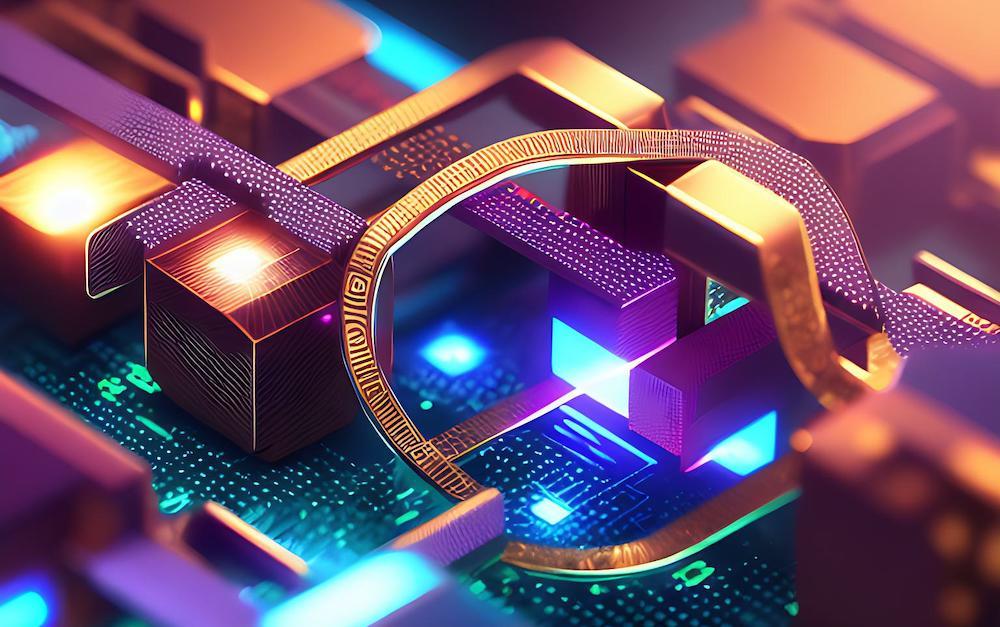
As the cryptocurrency landscape evolves, two projects have consistently been making headlines – Matic (Polygon) and EOS. Both platforms have their unique advantages and serve distinct purposes, but how do they stack up against one another in terms of project vision, team, and community? Let’s dive into the details.
Matic (Polygon) is a Layer 2 scaling solution for Ethereum, designed to address its network’s scalability issues. Its primary goal is to provide a seamless, low-cost, and efficient experience for users and developers. The Polygon team is led by co-founders Jaynti Kanani, Sandeep Nailwal, and Anurag Arjun, who boast extensive experience in the blockchain industry. Polygon’s thriving community is made up of developers, users, and investors who believe in the project’s mission to create a more accessible and scalable Ethereum ecosystem.
EOS, on the other hand, is a blockchain platform for the development of decentralized applications (dApps). It aims to provide a user-friendly infrastructure for dApp development by offering high transaction throughput, low latency, and free transactions. EOS was created by Block.one, a company founded by industry veterans Brendan Blumer and Dan Larimer. The EOS community comprises a diverse group of individuals, including developers, investors, and enthusiasts, who are dedicated to advancing the platform and increasing its adoption.
In terms of project vision, Matic (Polygon) focuses on enhancing the Ethereum ecosystem, while EOS seeks to create a standalone blockchain platform for dApp development. Both projects address scalability, but Polygon achieves this by working alongside Ethereum, whereas EOS uses its own blockchain.
When comparing the teams behind these projects, both consist of experienced and skilled individuals. However, Matic’s team primarily comes from a blockchain background, while EOS’s founders have a broader range of expertise in technology and business.
The communities for both projects are equally passionate and committed. However, Polygon’s community is more closely tied to Ethereum, which has a larger user base and developer community. In contrast, EOS’s community is primarily focused on the growth and development of the EOS platform itself.
Ultimately, Matic (Polygon) and EOS serve different purposes within the crypto space. While Matic aims to improve the Ethereum experience, EOS offers an alternative blockchain platform for dApp development. Both projects have strong teams, dedicated communities, and impressive track records. As the cryptocurrency landscape continues to evolve, it will be interesting to see how these projects adapt and grow to meet the ever-changing needs of the industry.


Get the latest Crypto & Blockchain News in your inbox.